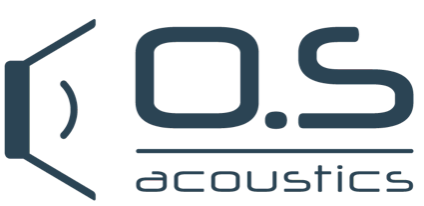The Presets:
1) Preset 1 is the naturally flat setting, with an incredibly neutral, uniform frequency response across the bandwidth at less than ±2dB. Designed for accuracy.
2) Preset 2 is the voiced setting, with a slightly smoother and relaxed sound. Voiced is not as accurate as the Flat setting.
3) Preset 3 is the linear phase version of the Flat Preset 1.
Speakers are inherently not linear phase, meaning some frequencies are delayed compared to others. This mode realigns the timing coherence between the different frequencies. Expect improvements to spacial information, refined transients and improved relationship between instrument fundamentals and harmonics. Linear Phase is configured to work best on the direct axis of the tweeter. Linear Phase requires a 5 millisecond processing time through the DSP.
4) Preset 4 is the Linear Phase version (described above) of the Voiced Preset 2 setting.
5) As Preset 1 with RBC (Room Boundary Correction)
RBC is included to make the speaker more flexible in a wider range of listening environments.
RBC can be used to counter the bass loading effect from one or more local boundaries to the speaker. Generally speaking, the closer your speaker is to one or more boundaries, for example, a wall or in the corner of a room, the more the low frequencies are boosted. If you don’t like it and the low end sounds out of balance, RBC mode compensates by lowering the low-frequency response from the speaker.
Room acoustics can be a complicated subject. Another factor affecting your choice of whether or not you might need to use RBC could be room modes (reinforcements and cancellations) in the low-end response due to your listening room. All rooms will affect the sound differently, if you are sat in an area of cancellation RBC might not always be needed. Please experiment to see what works best in your listening environment.
6) As Preset 2, with RBC
7) As Preset 3, with RBC
8) As Preset 4, with RBC
We are keen to speak with installers as custom low-end alignments can easily be loaded into the DSP
